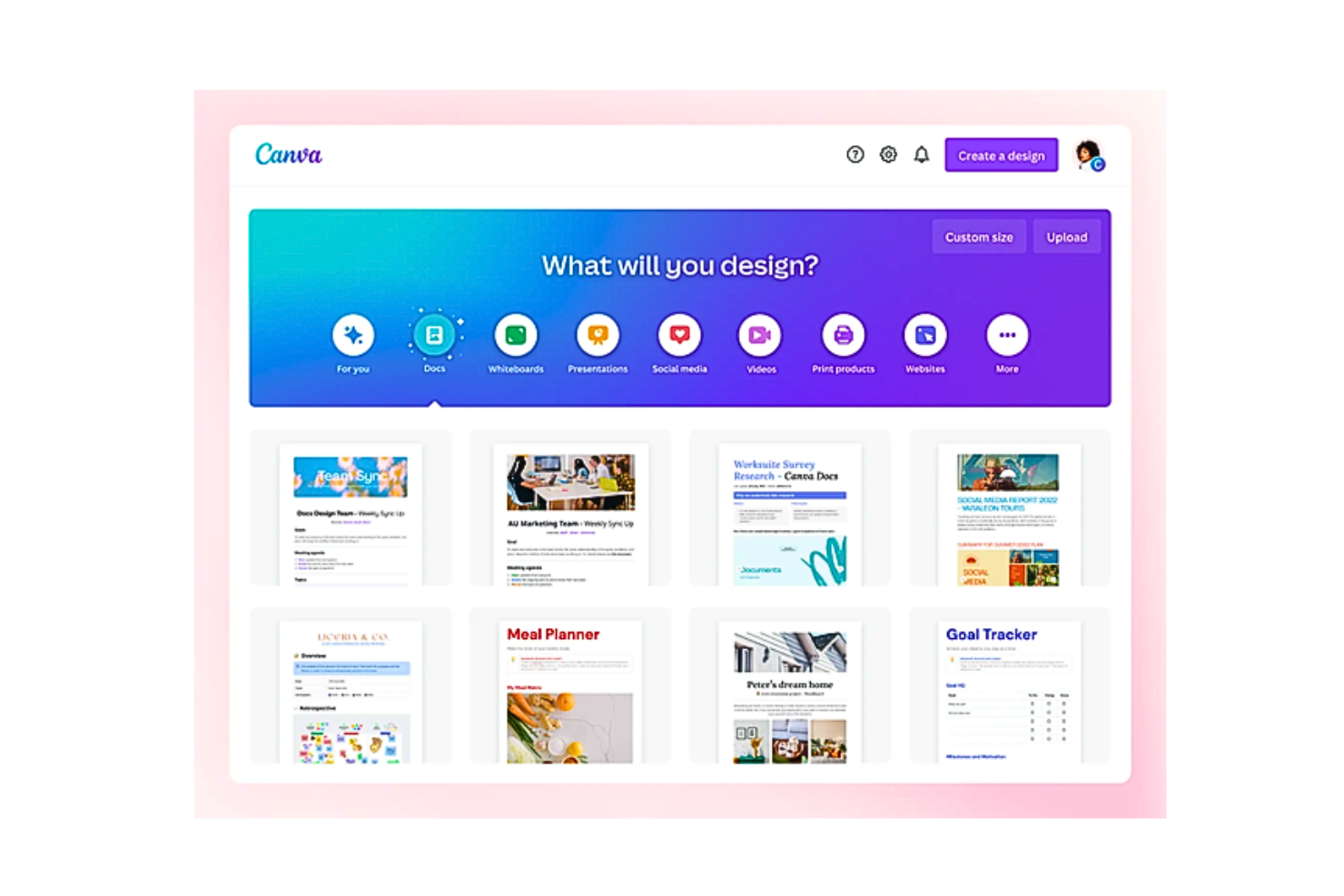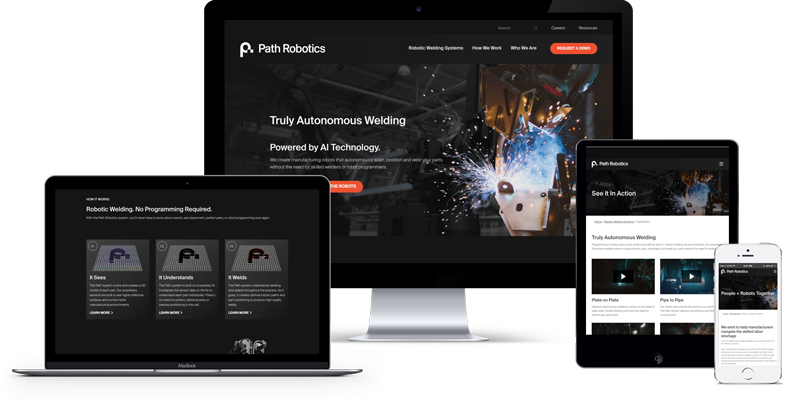Key Elements of Effective Website Design: A Complete Overview
Key Elements of Effective Website Design: A Complete Overview
Blog Article
Modern Internet Site Design That Catches Interest and Converts
In an increasingly digital landscape, modern-day website style has actually emerged as a critical variable in capturing customer attention and driving conversions. As we check out these important elements, it comes to be clear that understanding their interplay can considerably affect an internet site's efficiency and user complete satisfaction.
Significance of Visual Power Structure
Visual power structure is an essential component in site layout, as it guides customers' attention and enhances their total experience. By purposefully arranging content, developers can guide users to the most important information initially, therefore enhancing involvement and enhancing usability. Efficient visual power structure employs numerous strategies, consisting of dimension, contrast, spacing, and color. Larger elements normally draw the eye, while contrasting shades can emphasize key messages, making them stand apart amongst even more restrained elements.
Integrating a logical circulation in material setup is crucial; for example, positioning one of the most essential info on top of a page fosters immediate recognition. Regular usage of typography, such as varying font dimensions and designs, helps establish a clear content structure. This organization not only help in navigating however additionally develops depend on, as users feel much more comfortable when they can quickly locate what they are trying to find.
Inevitably, a well-executed aesthetic power structure not only enhances aesthetic charm yet also dramatically impacts user actions. By focusing on essential aspects and making sure a seamless experience, designers can properly convert site visitors right into consumers, reinforcing the significance of this fundamental style concept in modern web site development.
Responsive Design for All Tools
Developing a smooth experience across different gadgets is vital in today's electronic landscape, where customers access websites from desktop computers, smartphones, and tablet computers alike. Receptive style is a crucial technique that guarantees internet sites adjust fluidly to various display sizes, resolutions, and alignments. By employing flexible grids, photos, and CSS media queries, designers can produce designs that preserve aesthetic stability and performance, despite the tool being made use of.
The importance of receptive design extends past aesthetic appeals; it straight affects customer interaction and conversion rates. A site that works well on all devices urges longer visits and reduces bounce prices, as users are much more likely to engage with content that is simple to browse. Search engines, especially Google, focus on mobile-friendly websites in their rankings, making responsive style an essential element of search engine optimization (SEARCH ENGINE OPTIMIZATION)
Including receptive style not only boosts customer experience yet also improves the growth process. By producing a single site that works throughout tools, companies can conserve time and resources compared to establishing different mobile and desktop computer versions. Inevitably, responsive design is an essential strategy for contemporary internet site layout, guaranteeing ease of access and satisfaction for all individuals, despite their gadget.
Involving Interactive Elements
While a receptive layout prepares for a useful internet site, including engaging interactive elements is important for catching user interest and cultivating much deeper links. Website Design. Interactive aspects, such as animations, quizzes, and clickable infographics, produce a much more dynamic user experience, encouraging visitors to spend even more time on the website
Integrating interactive functions can additionally lead individuals with complex details, making it easier to digest material. Interactive sliders can highlight item variations, while ingrained videos can provide demonstrations anchor or reviews that reverberate even more than fixed photos or text. Furthermore, gamification strategies, like incentives for finishing jobs or engaging with material, can enhance customer motivation and retention.
Effective use of interactive elements not just enriches the individual experience but can also lead to greater conversion prices. It is essential to balance interactivity with performance; excessively intricate attributes might prevent site rate, adversely influencing customer contentment.
Structured Navigating Practices
Reliable navigating is a keystone of any type of successful web site, as it straight influences user experience and content accessibility. Structured navigation techniques ensure that individuals can conveniently find info, boosting their interaction with the site. A well-structured navigation food selection must be basic and instinctive, commonly including a minimal number of primary classifications to avoid overwhelming site visitors.
To attain streamlined navigation, designers need to prioritize an ordered structure that practically organizes material. Executing breadcrumb trails can give individuals with context concerning their current place within the site, permitting smooth backtracking. In addition, utilizing drop-down food selections can effectively save space while still offering accessibility to subcategories.
Responsive basics layout is essential, as navigating ought to be functional throughout all devices (Website Design). Mobile users, specifically, benefit from touch-friendly menus and collapsible areas that preserve usability without jeopardizing aesthetic appeals

Reliable Call-to-Action Strategies
A well-crafted call-to-action (CTA) is essential for guiding customers toward wanted results on a site, as it encourages them to involve with material or make an acquisition. To optimize their effectiveness, CTAs should be clear, compelling, and purposefully placed throughout the site.
First, utilize action-oriented language that communicates necessity or value, such as "Start," "Sign up with Currently," or "Case Your Discount." This language not just inspires customers yet likewise establishes clear assumptions regarding the following actions.
Second, take into consideration layout elements; CTAs ought to stand out visually via contrasting colors, adequate whitespace, and famous positioning. A switch that is easy to see and click boosts the chance of user communication.
In addition, customizing CTAs based upon customer actions or demographics can substantially improve interaction. Customized messages reverberate more with customers, driving greater conversion prices.

Verdict
To conclude, modern internet site design stresses the combination of aesthetic hierarchy, receptive designs, involving interactive components, structured navigation, Check Out Your URL and effective call-to-action strategies. These elements collectively improve user experience, making certain that site visitors stay engaged and motivated to check out material better. By prioritizing these design principles, services can dramatically enhance user retention and conversion rates, inevitably resulting in better success in the digital landscape. The continual evolution of web style emphasizes its crucial role in effective on the internet interaction and advertising.
In a significantly digital landscape, contemporary web site layout has emerged as an essential aspect in recording user focus and driving conversions.Visual power structure is an important component in website layout, as it overviews individuals' interest and enhances their total experience.The significance of receptive layout prolongs past looks; it straight affects individual interaction and conversion prices.Incorporating receptive layout not only enhances customer experience however likewise streamlines the development procedure. Eventually, responsive layout is a basic approach for modern site style, guaranteeing accessibility and complete satisfaction for all customers, regardless of their gadget.
Report this page